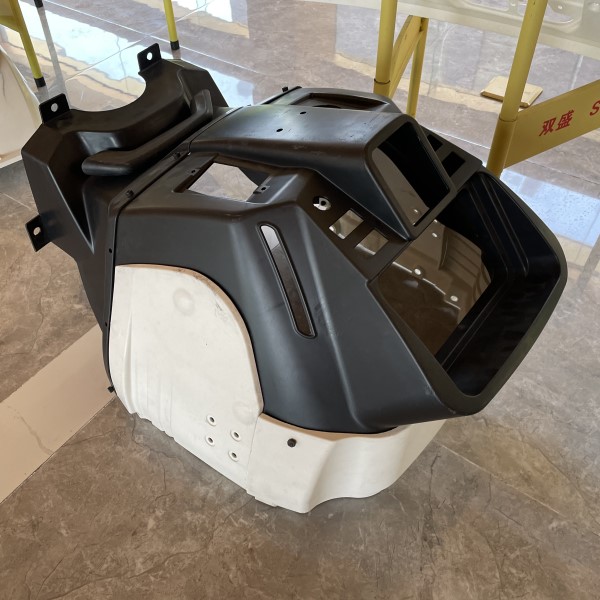Bulk Molding Compound (BMC) molding is a widely used process in the manufacturing industry, particularly in the production of complex-shaped parts with high precision. BMC is a thermoset plastic material composed of resin, filler, and various additives. The BMC molding process involves several key steps:
1. Material Preparation
The first step in BMC molding is preparing the material. BMC typically comes in the form of granules or pellets. The material may contain additives such as mold release agents and pigments. It is essential to carefully measure and mix the BMC components to ensure uniformity and consistency in the final product.

2. Mold Preparation
Once the BMC material is ready, the mold preparation stage begins. The mold, which defines the shape and features of the final part, is thoroughly cleaned and coated with a mold release agent to prevent sticking. Depending on the complexity of the part, the mold may consist of multiple components that can be assembled and disassembled as needed.
3. Injection Molding
Injection molding is the core process in BMC molding. The prepared BMC material is fed into a heated barrel, where it is melted and mixed to achieve the desired viscosity. The molten BMC is then injected into the mold cavity under high pressure. The pressure ensures that the material fills the mold completely and replicates all the features of the mold.

4. Compression
After injection, the mold closes, and pressure is applied to compress the BMC material. Compression helps eliminate any voids or air bubbles and ensures that the material conforms to the mold's shape accurately. The level of compression and the duration of pressure application depend on the specific requirements of the part being molded.

5. Curing
Once the BMC material is compressed in the mold, it undergoes curing, also known as cross-linking. Curing is a chemical reaction that transforms the BMC from a soft, pliable state to a rigid, durable state. The curing process typically takes place at elevated temperatures for a specified period. Proper curing is critical for achieving the desired mechanical properties and dimensional stability of the final part.
6. Part Ejection
After the curing process is complete, the mold opens, and the newly formed part is ejected. Ejection may be assisted by mechanisms such as ejector pins or air blasts to ensure smooth and efficient removal of the part from the mold. Care must be taken to avoid damaging the part during ejection.
7. Finishing

Once the part is ejected from the mold, it may undergo additional finishing processes to achieve the desired surface finish and dimensional accuracy. Finishing operations may include trimming excess material, drilling holes, and applying coatings or decorative finishes.
Overall, BMC molding is a versatile and efficient process for producing high-quality, complex parts with excellent dimensional stability and mechanical properties. By understanding the key steps involved in BMC molding, manufacturers can optimize their production processes and deliver superior products to their customers.
